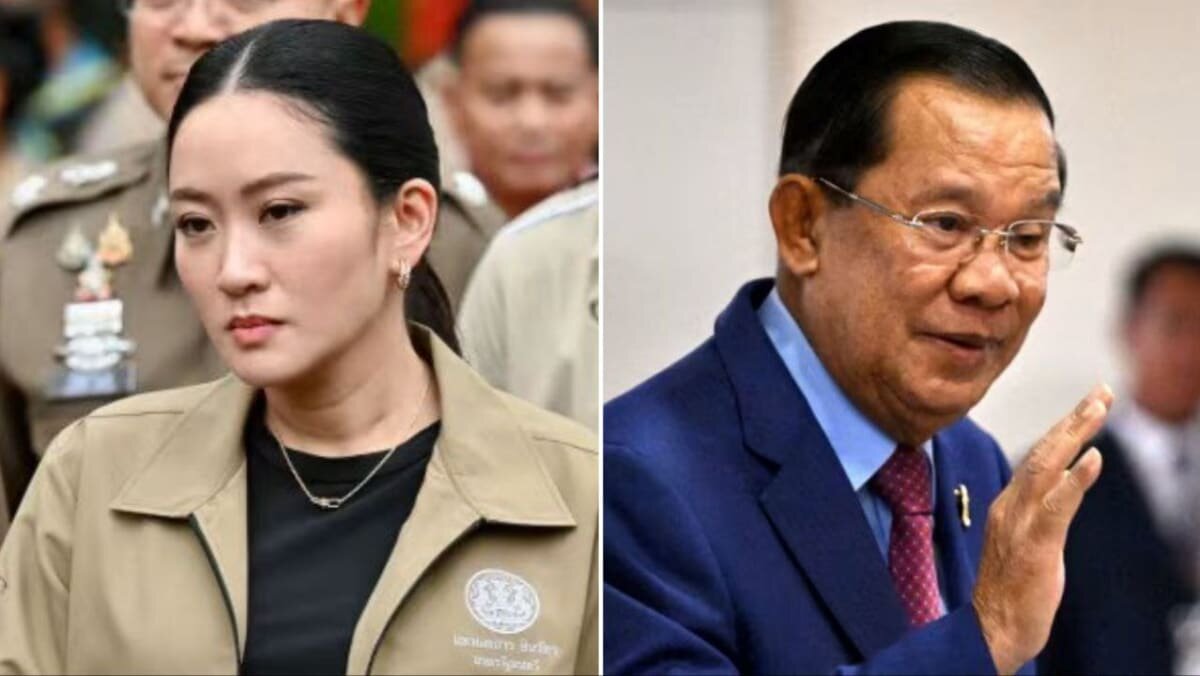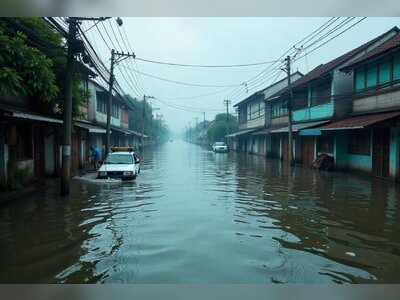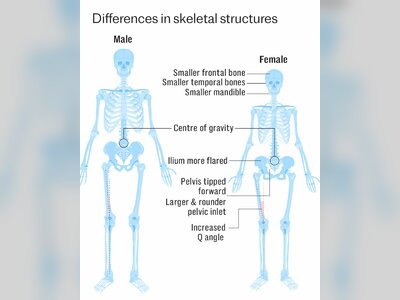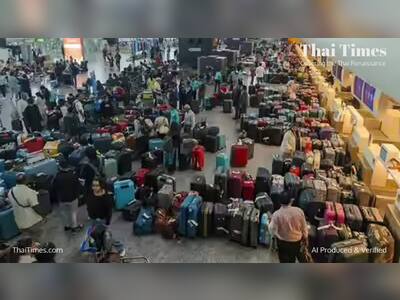
Thailand and Cambodia's Shared Legacy
In Southeast Asia, the cultural heritage rivalry between Thailand and Cambodia continues to solicit passionate discourse, particularly within digital platforms. As these debates unfold, numerous flashpoints emerge that spotlight the intertwined histories and cultural expressions of both nations. Below are ten significant areas of contention:
-
Boxing (Muay Thai vs Kun Khmer)
The debate over martial arts is currently one of the most heated topics. Cambodia claims that Kun Khmer is historically older and the original combat sport of the region, predating Muay Thai. The issue intensified during the 2023 Southeast Asian Games held in Cambodia when the event's organizers controversially rebranded Muay Thai to Kun Khmer, provoking strong reactions from Thai athletes and enthusiasts. -
Masked Dance (Thai Khon vs Cambodian Lakhon Khol)
Cambodia asserts that Lakhon Khol, its traditional masked dance form, is a product of the ancient Khmer Empire and influenced the development of Thailand's Khon. Both countries have distinct versions of these performances, and in 2018, UNESCO recognized both as Intangible Cultural Heritage. -
Silk Weaving Patterns (Thai vs Khmer Silk Motifs)
A dialogue persists regarding the origins of traditional silk designs, specifically the Mudmee patterns prevalent in both nations. The Department of Sericulture in Thailand notes that silk weaving has deep roots in both cultures, each featuring unique regional styles shaped over centuries of cultural exchange. -
Food (Som Tam/Tam Bak Hoong vs Bok L'Hong)
The popular dish Som Tam, known as Tam Bak Hoong in Thailand's Isaan region, is claimed by Cambodians who refer to their version as Bok L'hong. The origins of this culinary creation are debated, although it is widely believed to have been developed approximately 50 years ago in Thailand. -
Stone Temples (Temples in Thailand vs Cambodia)
Discussions arise regarding the architectural similarities shared by ancient stone temples in Thailand and Cambodia. The Fine Arts Department of Thailand notes that significant structures like Phanom Rung and Phimai have been historically viewed as influenced by ancient Khmer art and architecture. -
Literature (Phra Aphai Mani vs Preah Aphai Mani)
Cambodia's literary work Preah Aphai Mani has striking similarities to Thailand’s Phra Aphai Mani by Sunthorn Phu. In 2011, Cambodia submitted the former for UNESCO recognition. The work has gained renewed attention with reports of a Cambodian television adaptation in progress. -
Traditional Attire and Ancient Costumes
Historic comparisons often highlight similarities in traditional clothing and decorative styles depicted in ancient artistry from both nations. Scholars indicate that attire in Thailand and Cambodia reflects influences from Southeast Asia's ancient civilizations, showcasing a long-standing cultural interplay. -
Folk Performances and Traditional Music
Both countries share musical instruments and perform folk styles that resemble one another. The musical traditions of Southeast Asia illustrate a continual evolution marked by cultural exchange and integration of local customs. -
Language and Vocabulary
Thai and Khmer languages exhibit a degree of phonetic and lexical similarity despite belonging to different linguistic families. Historical proximity and interaction have facilitated considerable borrowing and convergence in vocabulary over time. -
Mythical Characters and Folklore
Legends and mythic figures, such as deities and giants, appear in both Thai and Cambodian folklore with striking similarities. These shared narratives highlight the region's rich cultural tapestry and long history of mythological intermingling.
These cultural disputes are often exacerbated by differing interpretations and viral narratives circulating on social media that frequently lack academic backing. Experts in history and culture emphasize that the connections between these Southeast Asian cultures are profound, shaped by centuries of exchange and adaptation. Understanding this historical context may help to alleviate tensions and promote respect between Thailand and Cambodia.











